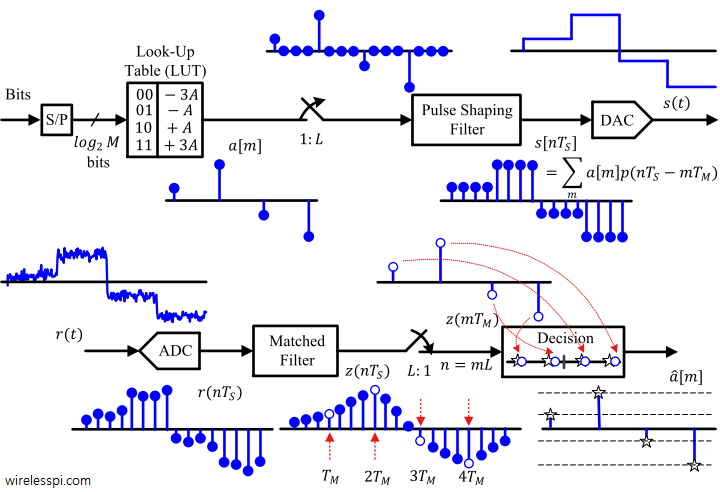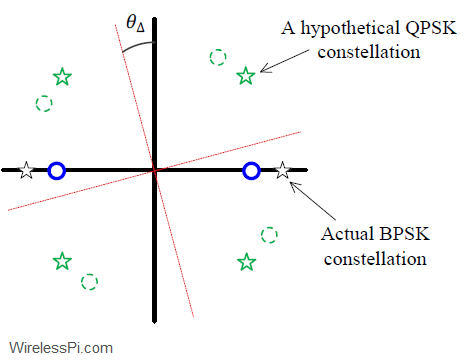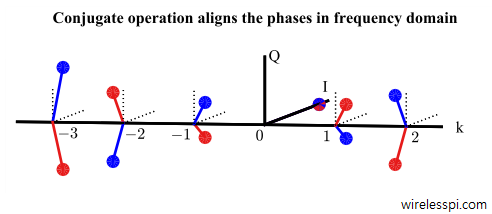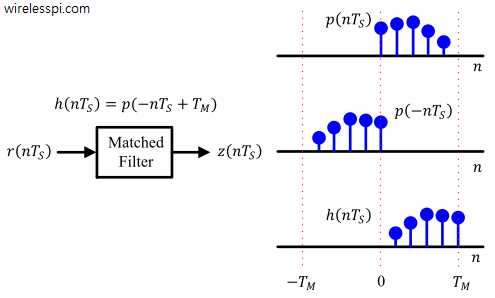Correlation is a foundation over which the whole structure of digital communications is built. In fact, correlation is the heart of a digital communication system, not only for data detection but for parameter estimation of various kinds as well. Throughout, we will find recurring reminders of this fact. As a start, consider from the article on Discrete Fourier Transform that each DFT output $S[k]$ is just a sum of term-by-term products between an input signal and a cosine/sine wave, which is actually a computation of correlation. Later, we will learn that to detect the transmitted bits at the receiver, correlation
Continue reading



